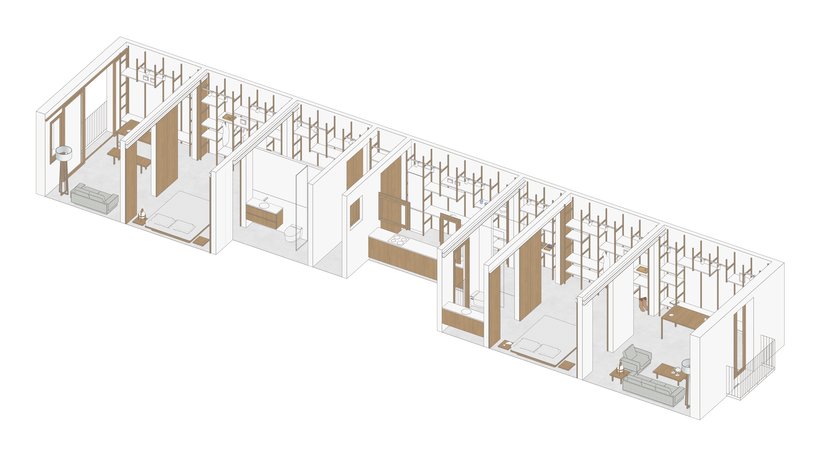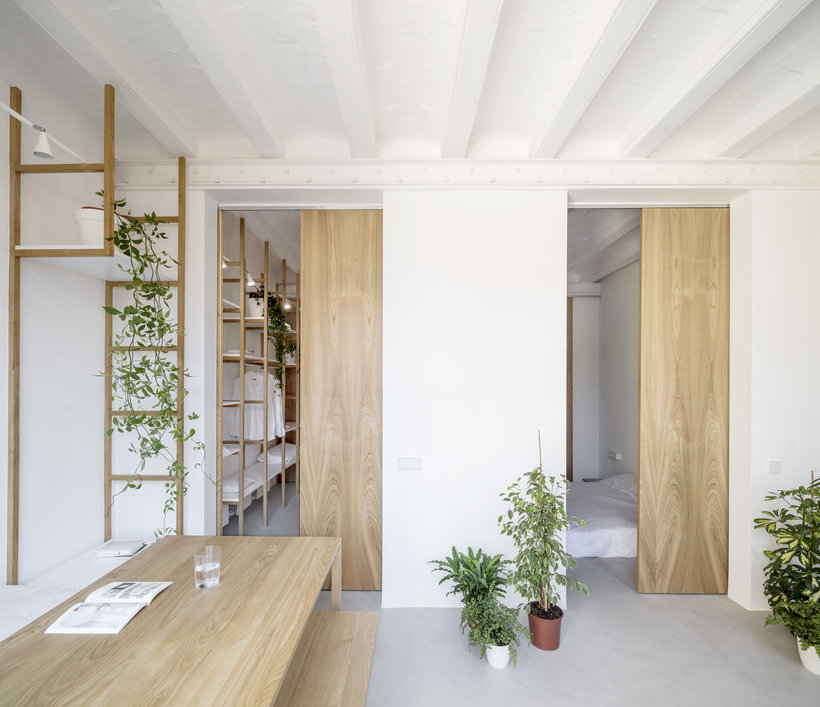Japanese-Inspired Interior Design with Wood
Course final project
A course by Roman Izquierdo Bouldstridge , Architect
Joined January 2021
About the final project for: Japanese-Inspired Interior Design with Wood
Design of Japanese spaces with wood
“I hope that this course has helped you to learn or inspire you about the design of Japanese spaces with wood. I encourage you to carry out a final project consistent with your own way of conceiving design, highlighting what you have learned or what has interested you from the course. Before we say goodbye, let's review the key phases of the project. It would be great if you briefly explain what you have done in each one and accompany the explanation with one or more images. Space analysis and briefing First, it analyzes the program that the space to be transformed must have in order to create a briefing that is consistent with the client's wishes and needs. Observe the potential of the existing space and measure it paying special attention to all the details. In Unit 2 I left you a document with basic questions that you can ask your client to prepare the briefing.




















Partial transcription of the video
“Final Project In this video, we're going to review the final project. In my case, I've walked you through the evolution and design process to split a house into two lofts, but I encourage you to apply the criteria that you've learned into your designs, be it for a house or a commercial space. Remember that at the beginning, the main thing is to really understand your client and their needs and to study the existing space in great detail and identify the elements we want to enhance. To do that, it's very important to get a proper read of the challenges our project poses so we can come up wit...”
This transcript is automatically generated, so it may contain mistakes.
Course summary for: Japanese-Inspired Interior Design with Wood
-
Category
Architecture & Spaces -
Areas
Interior Architecture, Interior Decoration, Interior Design, Spatial Design

Roman Izquierdo Bouldstridge
A course by Roman Izquierdo Bouldstridge
Architect Roman Izquierdo graduated from the Barcelona School of Architecture (ETSAB) and began his professional career in the Japaneses studios Junya Ishigami and Kengo Kuma. In 2014, he founded his own studio in Barcelona: Roman Izquierdo Bouldstridge. The studio's style has a clear Japanese influence, characterized by warm architecture that blends nature, light, and time to create unique atmospheres. Beyond architecture, they carry out design projects in a range of fields, from urban planning to interior design and furniture.
They have received international recognition for their work at the International Design Awards (IDA) and the Rethinking the Future Awards. They were also finalists at the SBID awards (Society of British Interior Design) and the World Interiors News Awards, nominated for the Building of The Year award, and invited to participate in the 2021 Venice Biennale of Architecture exhibition.
- 97% positive reviews (77)
- 2,728 students
- 13 lessons (2h 5m)
- 33 additional resources (12 files)
- Online and at your own pace
- Available on the app
- Audio: Spanish
- Spanish · English · Portuguese · German · French · Italian · Polish · Dutch
- Level: Beginner
- Unlimited access forever

